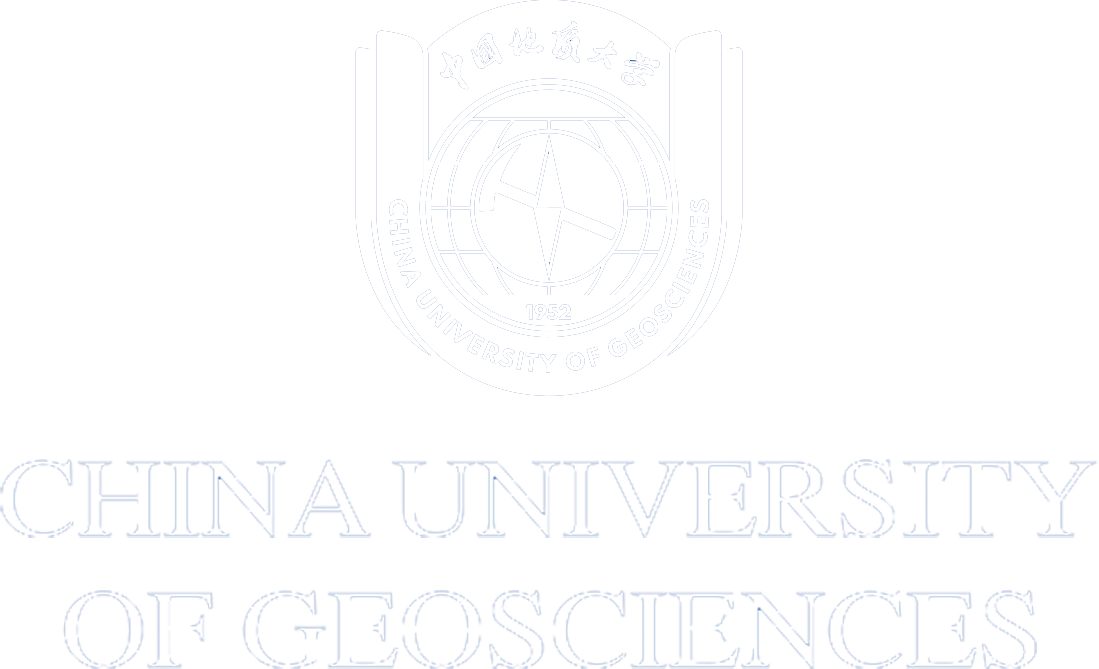Sources of dissolved organic matter (DOM) triggering arsenic enrichment in deep confined groundwater is a highly debated issue. Along these lines, the spectroscopic and molecular characteristics of DOM were monitored in both shallow unconfined and deep confined groundwater from the Songnen Basin, China. Results demonstrated that deep groundwater with higher dissolved arsenic concentrations was characterized by more abundant labile organic compounds than shallow groundwater. The three-end-member mixing model estimated that shallow groundwater had more fraction of surface water, while deep groundwater was primarily recharged by lateral groundwater flow. Groundwater DOM sources were estimated from the fluorescence index (FI) values, which suggests that shallow groundwater DOM was primarily sourced from surface water with stronger terrestrial signatures. However, deep groundwater DOM was mainly sourced from in situ sedimentary organic matter release or by-products from microbial activity with stronger microbial signatures. Higher values of degradation index (I_deg) indicate that deep groundwater DOM had undergone greater degradation extents than the shallow one. The microbial DOM degradation in anoxic environments mainly occurred via a pathway where more saturated and low-molecular-mass compounds were preferentially degraded to produce more mid-molecular-mass compounds with unsaturated, aromatic, and microbial signatures. This explained the significant positive correlations between groundwater arsenic concentrations and FI and I_deg values. A stronger DOM degradation state in deep groundwater was conducive to more arsenic enrichment than that in the shallow one. This work successfully identified distinct sources of shallow and deep groundwater DOM, and proposed a paradigm of DOM processing pathways during arsenic enrichment under anoxic environments.
Article link: https://doi.org/10.1029/2022JG007178




 Address
Address
 E-Mail
E-Mail
 Telephone
Telephone